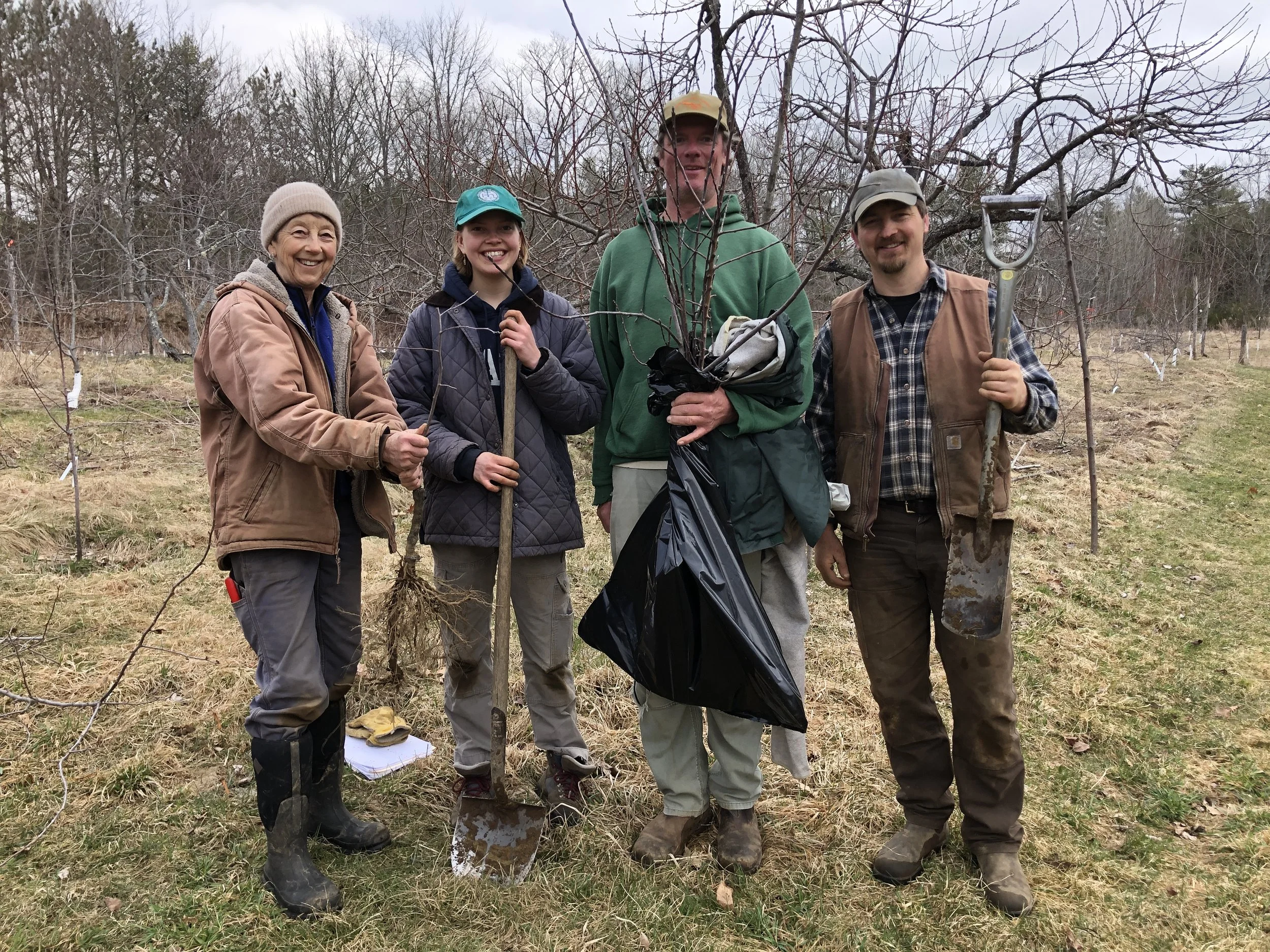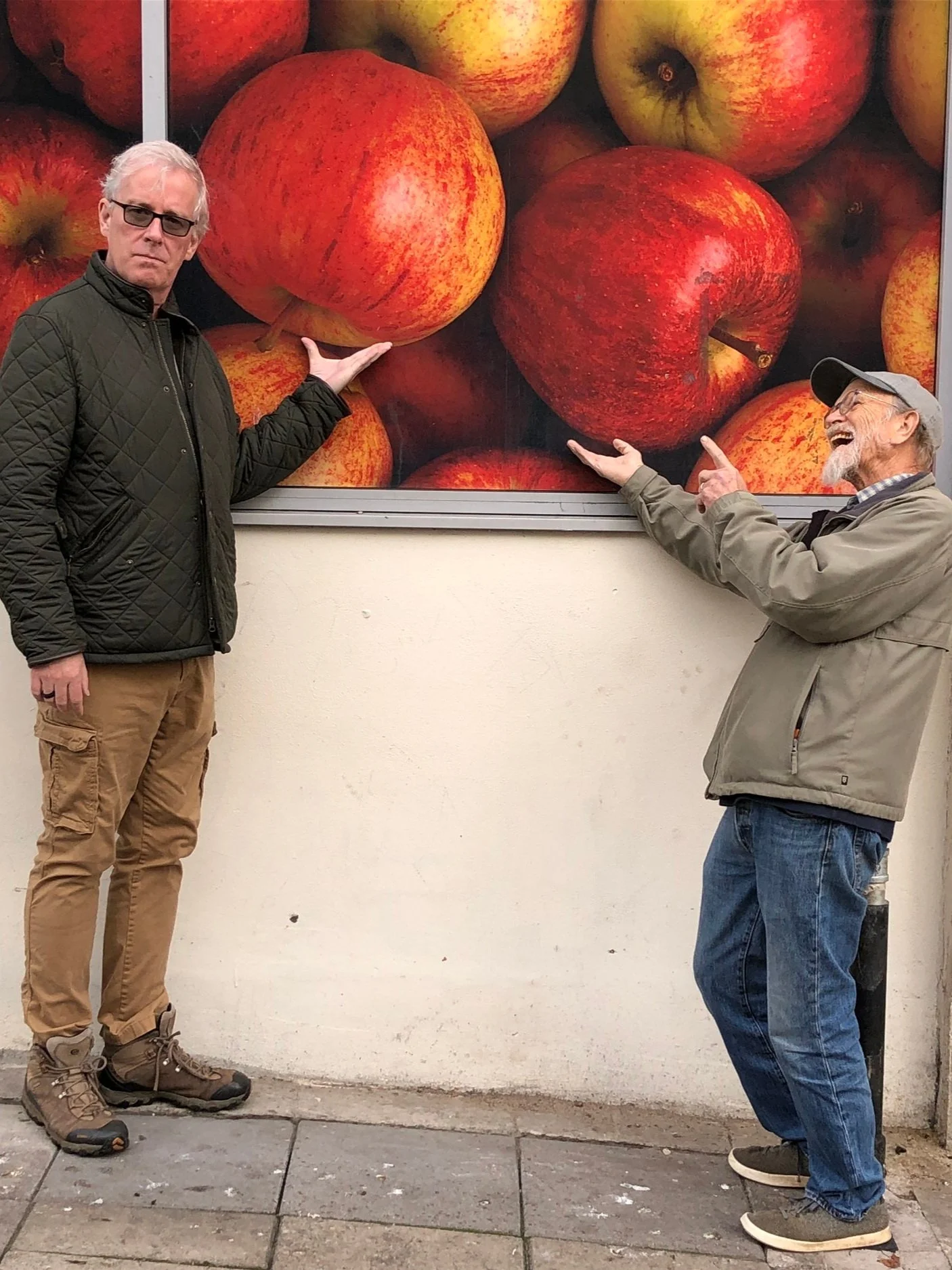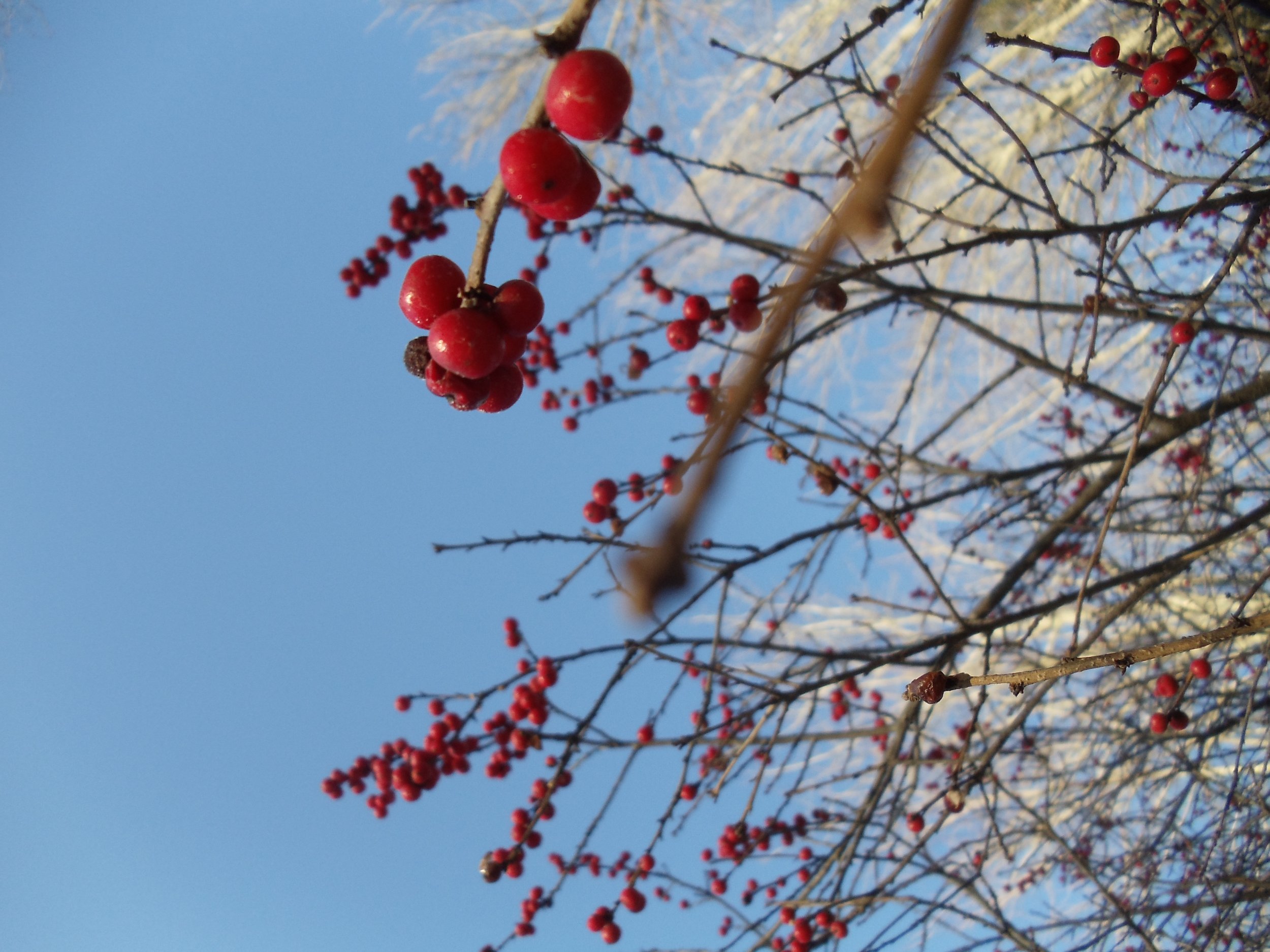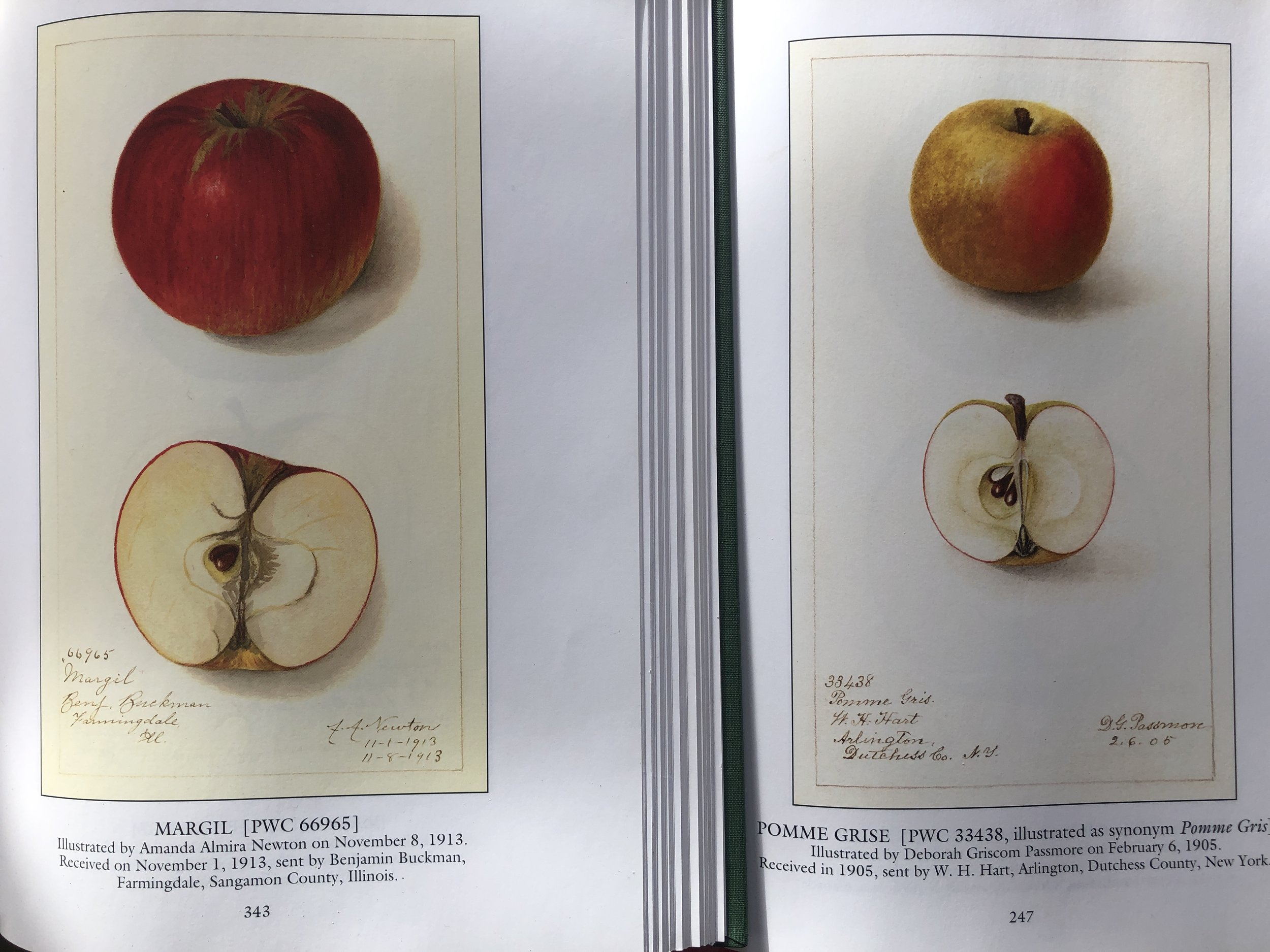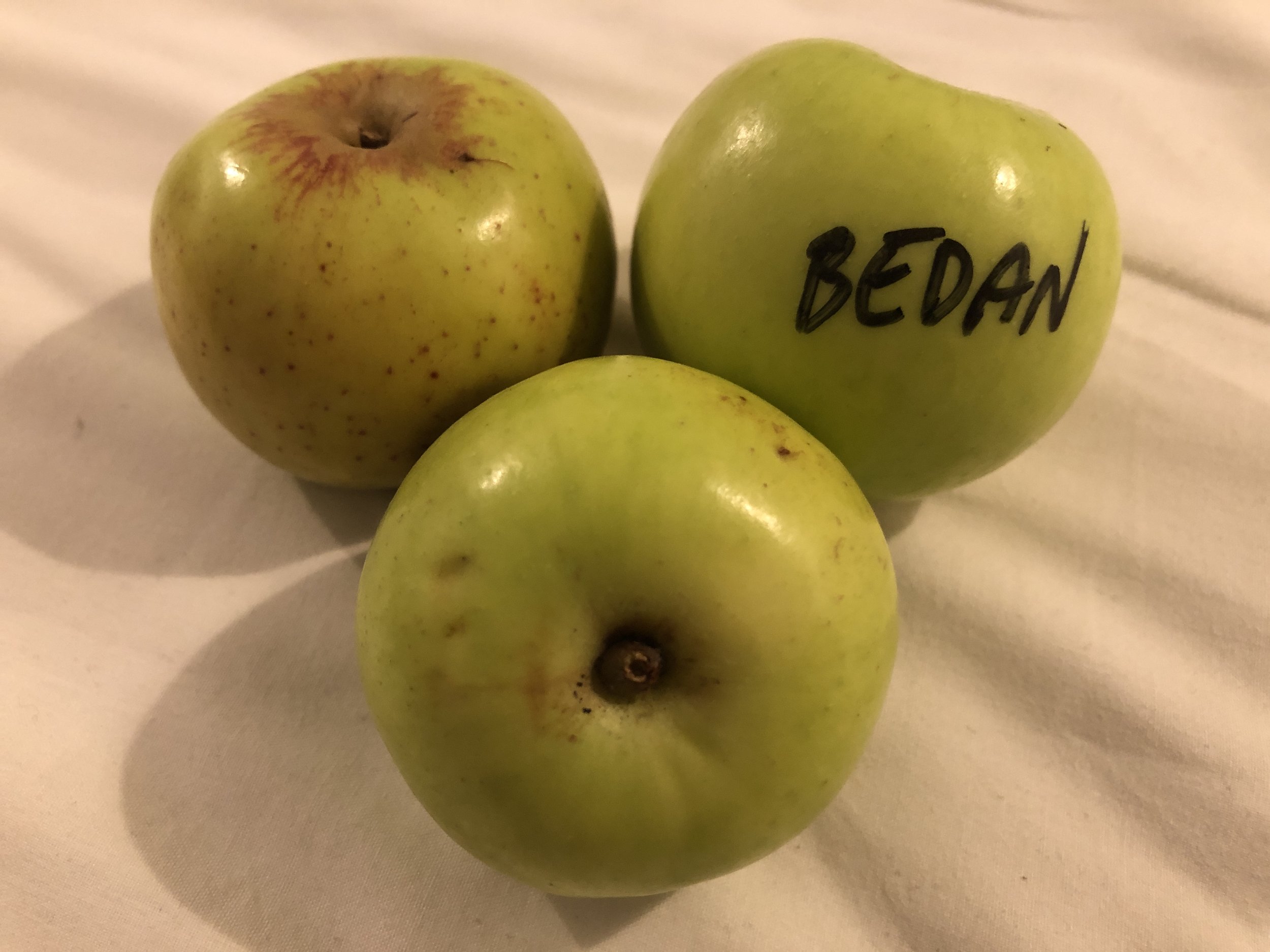Today in the Orchard
When attempting to confirm the names of the apples we grow, propagate and disseminate, we have many resources to assist us. The value of the powerful tool of DNA technology is undeniable, but it’s not always necessary. The historic books and paintings also play an essential role.
A case in point is the historic English dessert cultivar, Margil. Although not well known, Margil has a reputation as one of the best historic dessert cultivars. It is also a parent of Cox’s Orange Pippin and Ribston Pippin. I was aware of Margil but had not given it much thought until a few years ago when it began to come up now and then in conversation. It sounded like an amazing apple. I thought I ought to learn more.
There were rumblings of concern that what were being passed around as Margil scions and trees were not Margil. So I decided to see for myself and topworked “Margil” from Kevin Clark at Rose Hill Farm and “Margil” from Ian Merwin at Black Diamond Cider side by side onto the same tree.
Subsequently someone—it may have been Laura Sieger—saw the supposed Margil fruit at Rose Hill and recognized it as the wonderful, but very different, russet dessert cultivar, Pomme Grise. Case closed, I thought: Rose Hill had it wrong, and Black Diamond had it right. This winter I got in touch with Chris Negroida who has worked with Ian Merwin for many years. Turns out Chris now thinks they have also Pomme Grise, not Margil.
A reading of Hogg (1886), and a look at the USDA watercolor in Bussey (2019) show the two apples to be very different from one another. Although both cultivars are relatively small, Margil is red and conic while Pomme Grise is oblate and russeted. Looking at the GRIN website, it appears as though the USDA Geneva accession Margil PI_264558 is correct.
How Margil got mixed up with Pomme Grise remains a mystery. It could be a nursery error that has now become wide-spread. Beware: what you think is Margil may not be! This spring I will topwork Margil PI_264558 from the USDA Geneva collection. I’m hoping that the mistake did not also occur in Geneva and that they still have it right.




